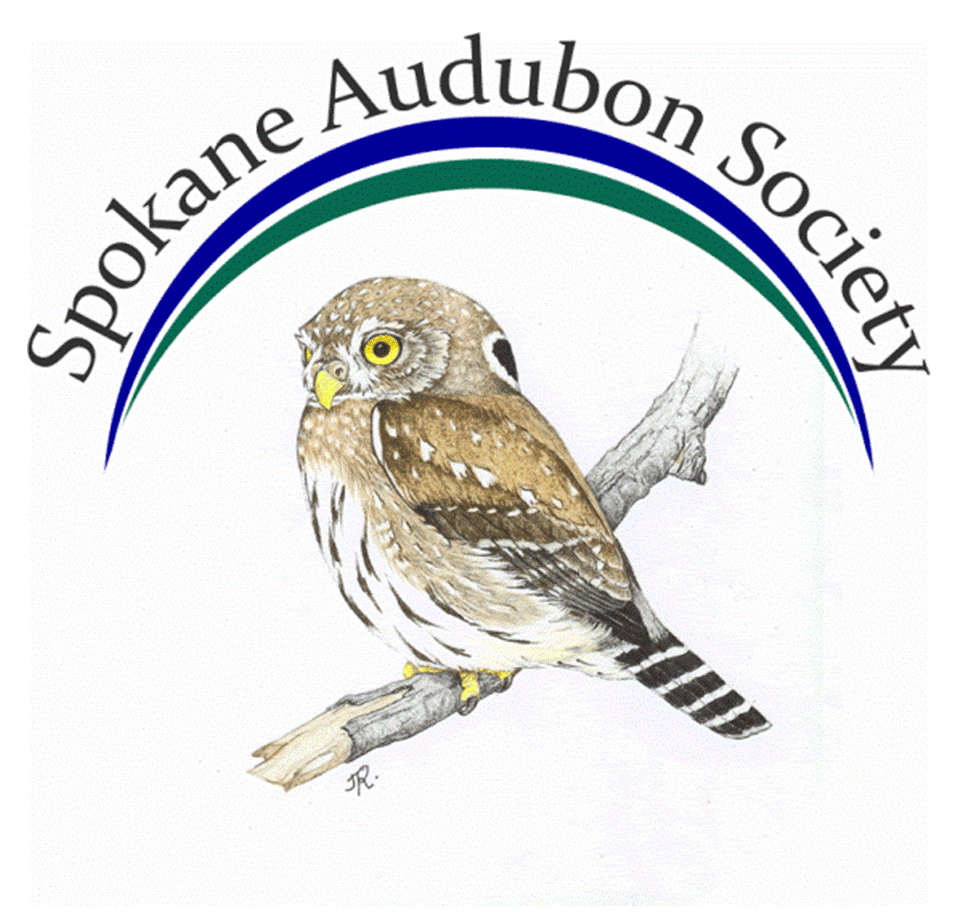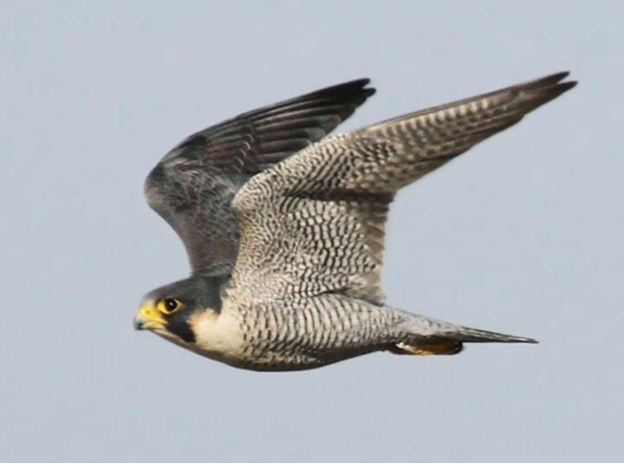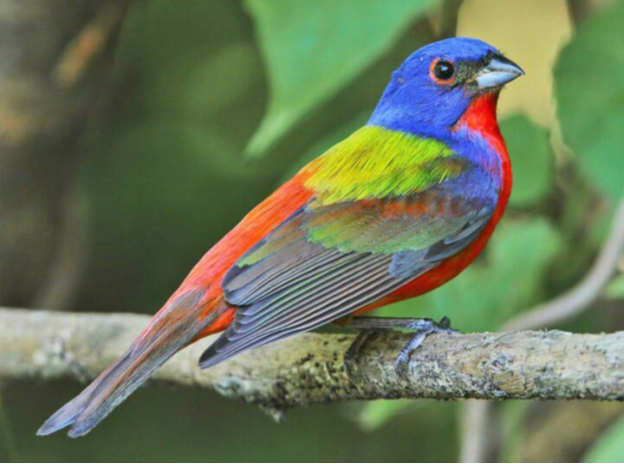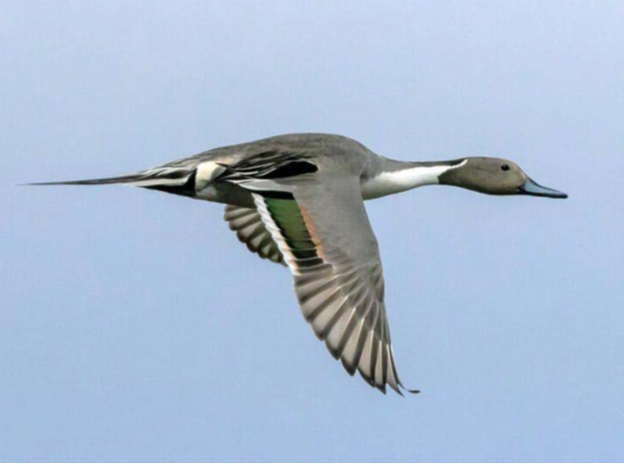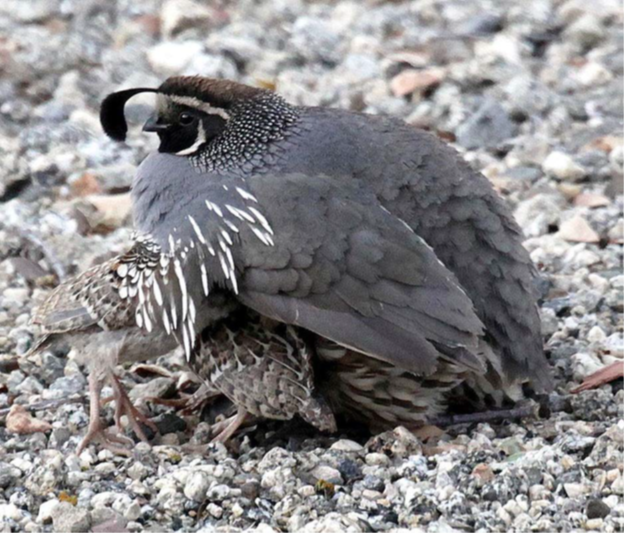Jim and Bea out birding.
Bea and Jim Harrison
by Madonna Luers
Bea and Jim Harrison say that their greatest birding experience is being life partners who bird with each other every day since they caught the birding bug 40 years ago.
And they remember vividly when that happened. “We saw and heard someone on a road near our neighborhood calling birds with a screech owl playing on a tape recorder,” said Bea. “Being not-at-all shy, we asked him what he was doing, ended up inviting him to our house. Then he invited us to our first Christmas Bird Count, from there we met a bird bander and got involved with MAPS (Monitoring Avian Productivity and Survivorship) work, and the rest is history!”
That was in Texas, where they met and where Bea Tipton grew up. She was born in 1953 in Houston, Jim in 1951 in Bogalusa, Louisiana. They met in high school, became a couple soon after graduation, and married in 1973. Jim earned a bachelor’s degree in Graphic Design from Sam Houston State University and went to work in engineering for a chemical company in Freeport, Texas. Bea earned an associate degree in Computer Technology from Brazosport College and worked as computer technician for the same company.
Their love of birds grew, so they eventually became leaders of the local bird club and helped with the foundation of The Gulf Coast Bird Observatory. They lived many years on the Texas Gulf Coast, near the San Bernardo National Wildlife Refuge.
When they had a chance to work in the conservation field, they moved to Del Rio in west Texas to take jobs with The Nature Conservancy, Jim as a Land Steward and later Project Director, Bea as Volunteer Coordinator and Office Manager.
Since retiring from The Nature Conservancy in 2005, both have worked and/or volunteered in the conservation arena, including bird banding for the Smithsonian Institute on the Texas Coast; surveys for Hawk Watch International at Smith Point; plant and bird monitoring for Texas Parks and Wildlife; nest monitoring American Oystercatchers with Gulf Coast Bird Observatory; interpreters at Haystack Rock at Cannon Beach, Oregon; park rangers on Cypress Island for Washington Department of Natural Resources; and history and nature interpreters at Cape Disappointment for Washington State Parks.
The Harrisons moved to Spokane about seven years ago to be closer to their son, James, and granddaughter, Hazel. They immediately joined Spokane Audubon Society to meet other people who enjoy birds. They have helped with Christmas Bird Counts, waterfowl surveys, and the Sagebrush Songbird surveys. They served on the board of directors for a couple of years in the past, and in May 2021 they were elected to serve again. Jim also serves on the board of Spokane Canoe and Kayak Club, since paddling is another of their interests. They live in a rural area between Cheney and Spokane near the Gardner Wetlands, which they monitor from their property.
They have traveled to see birds throughout Mexico, including Baja, and in Belize, Alaska, Florida, Arizona, and most other states. They did a “Big Year” in 2019, seeing or hearing 286 species in Washington, Idaho, Oregon, and Hawaii.
One of Jim’s most memorable experiences was leading a tour for the Texas Ornithology Society back in the 1990’s when there was a migration fallout. “We saw about 150 species in one day,” he recalled. “It was so special to be able to show others so many beautiful shorebirds and neotropical migrants.”
One of Bea’s most memorable experiences was at High Island Preserve on the Texas Coast, where she and a friend set up a scope on a little bridge overlooking a puddle of a stream. “We stood there for hours watching outstanding birds like Cerulean and Blackburnian Warblers, Orchard and Baltimore Orioles, Indigo and Painted Buntings, and many other red, blue, yellow, and orange birds bathing in that little puddle,” she recalled. “When others came by, we shared our scope and our joy with them.”
Their work banding birds for the Smithsonian Institute at The Nature Conservancy’s Mad Island Marsh Preserve on the Texas Gulf Coast was also an outstanding experience for both. Jim especially remembers the first time he held a Scissor-tailed Flycatcher and all its minute and delicate details of coloration. Bea remembers hand-feeding a distressed Rose-breasted Grosbeak that had just flown hundreds of miles across the Gulf of Mexico and was totally exhausted. “Having the privilege of seeing those gorgeous birds so close up is something we will never forget,” Bea said.
Jim’s favorite birds are the Peregrine Falcon and Painted Bunting because both are “the best of their kind, in skill and beauty.”
Bea feels the bird she’s looking at in that moment may be her favorite, but if she had to pick one or two it would be the Northern Pintail because it is so elegant and the California Quail, which always makes her smile.
Jim’s advice for birding newcomers is to try to be “in the moment” when you watch birds. “It is not about the numbers,” he said, “it is about observing behavior and appreciating their beauty.”
Bea always encourages people to go on a Christmas Bird Count or join a group for a big day or bird walk. “You can learn so much from others,” she said.
The Harrisons believe that the most important issue for the future of birds and birding is over-population of the planet. “Human population has quadrupled in our lifetimes, which leads to habitat loss, pollution of the air, land and water, and climate change,” Bea explained. “We need to listen to science and elect leaders who follow the science. We need to educate the young, empower women all over the world, and eliminate financial inequality. Only then can we hope to have a brighter future for birds and all of us.”
